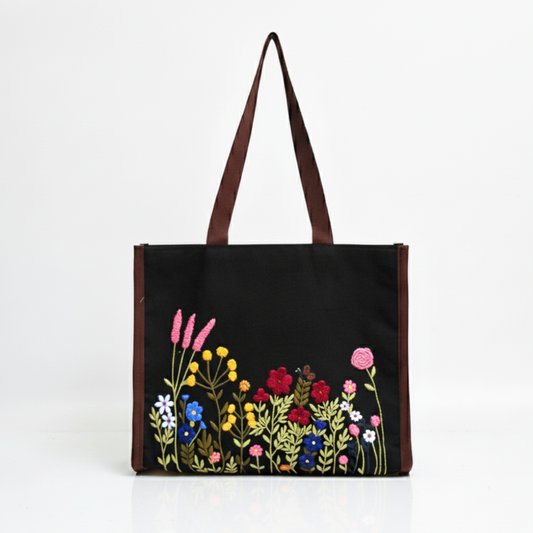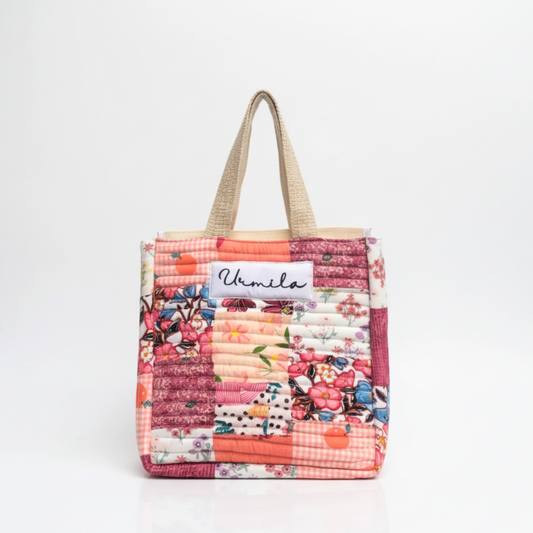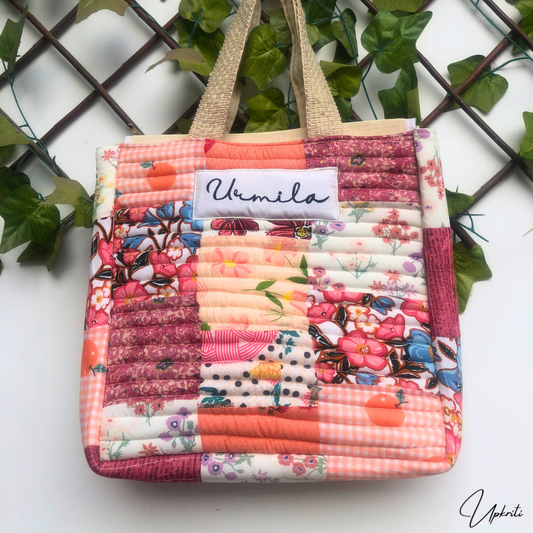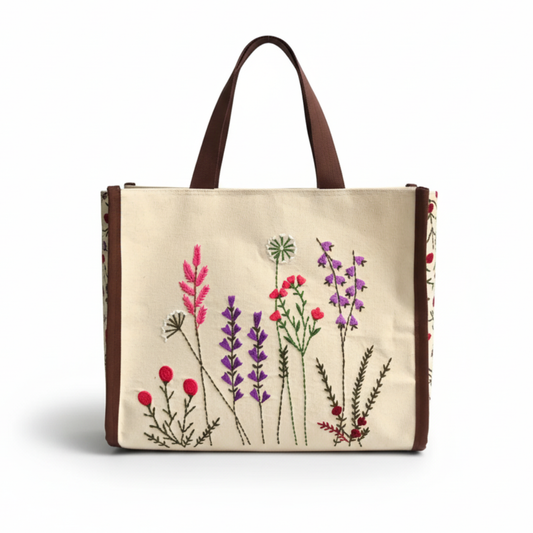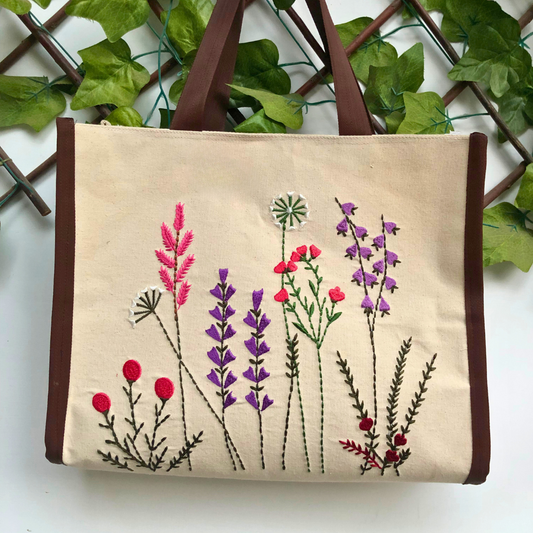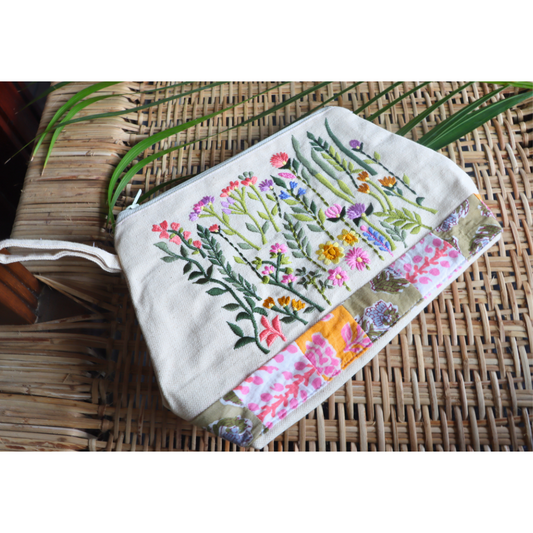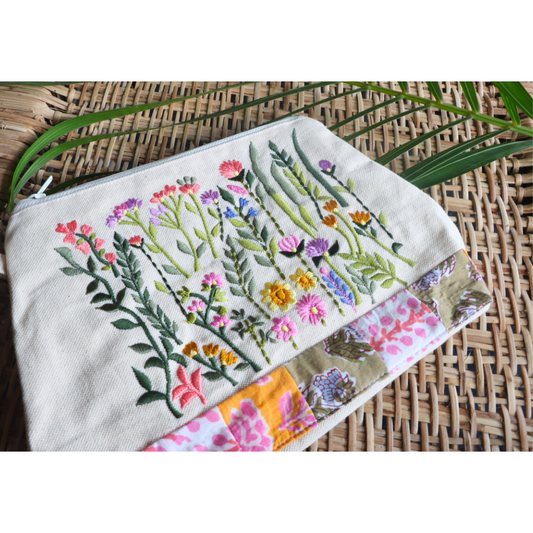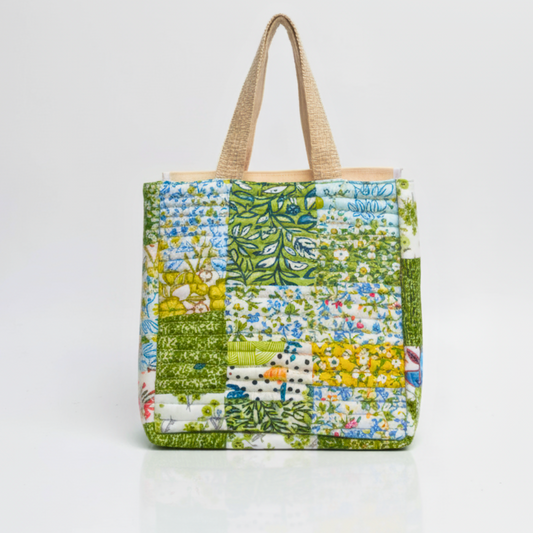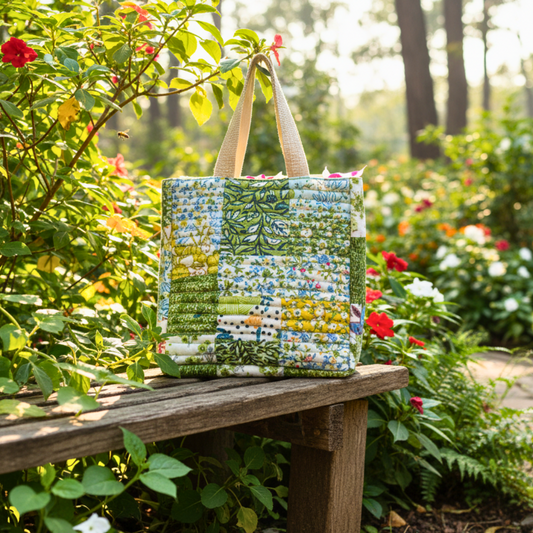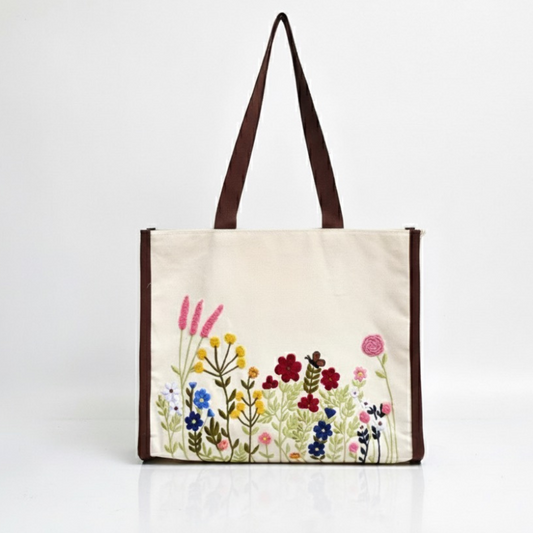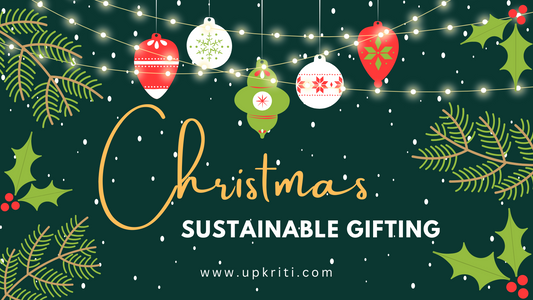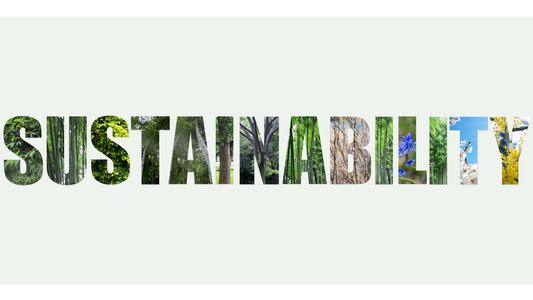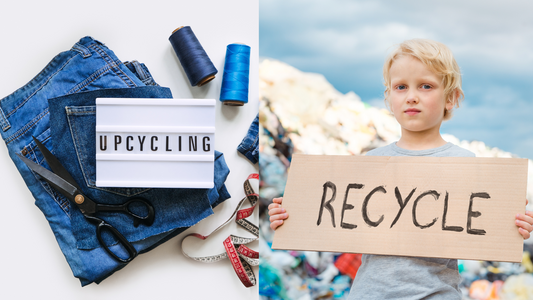
Fast fashion: What is the real cost?
Fashion contributes significantly to the global economy, with annual revenues exceeding £1 trillion. It is, however, one of the most resource-intensive industries in the world. What exactly is sustainable fashion, and why is it significant? Sustainable fashion is about meeting today's needs while also ensuring that the methods we use to meet those needs meet future needs.
When you dig a little deeper, sustainable fashion is also about benefiting the people involved in the fashion supply chain, from farmers to consumers to everyone working in end-of-life facilities like recycling plants.
Why is it so crucial? It literally comes down to a matter of life and death. I know it sounds dramatic, but fashion has a huge impact on communities all over the world.
It also has a significant climate change footprint, and if we are to address the existential threat of climate change, the fashion industry must address its unsustainable practises immediately. If we do not address the negative effects of the fashion industry soon, we will not have an industry in the future.
The fashion industry is one of the most polluting in the world, but some brands have recently announced plans to become 100% 'circular' by 2030. Do you believe a zero-waste fashion industry is possible?
It is critical that we work toward a fashion industry that is sustainable. However, I don't believe zero-waste will solve all of the fashion industry's problems. As an industry and a culture that spans the globe, we must consider reducing our consumption while also moving toward more circular production models. However, the circular economy is an extremely exciting area that we must continue to investigate.
Cotton, for example, uses a lot of water, and synthetic materials like polyester are made from non-renewable resources like oil. Then there are other materials, such as viscose, which is causing massive deforestation and thus affecting the habitats of endangered species and ancient trees. As a result, it is critical that we move forward with research and development of more sustainable materials because it is critical to the future of both the fashion industry and the planet.
The truth is that we cannot continue to use resources in the same manner because those resources will be depleted.
One cotton t-shirt requires nearly 3,000 litres of water to produce. How widespread is waste, particularly water waste, in the clothing industry, and how can it be reduced?
One of the most pressing issues in the fashion industry is waste. Every year, factories churn out 100 billion products. We now buy more clothes than we ever have before throwing them away. Every year, consumers in North America alone throw out enough weight to fill the Empire State Building. This waste is then either burned or disposed of in landfills, which is not a sustainable method of operation.
If you have to burn your product to dispose of it, that is extremely inefficient and indicates that you are not making good use of your resources. That must change immediately. We can't keep filling landfills or shipping secondhand clothes to other countries because there will eventually be no space left. Waste is our collective responsibility, and it must be addressed as soon as possible.
Water waste is a particularly serious problem. The Aral Sea, which was once the world's fourth largest lake but has essentially dried up due to cotton farming, is one of the most striking examples of this. Fortunately, there are now innovative ways to dye clothes without using water, which is very interesting.


